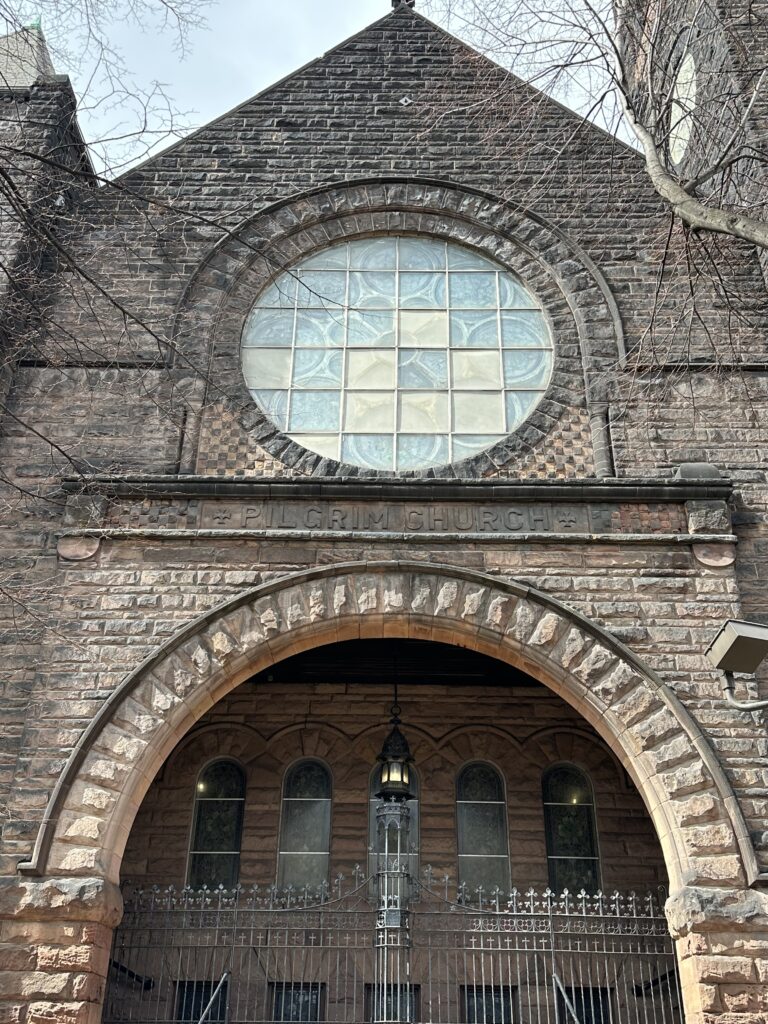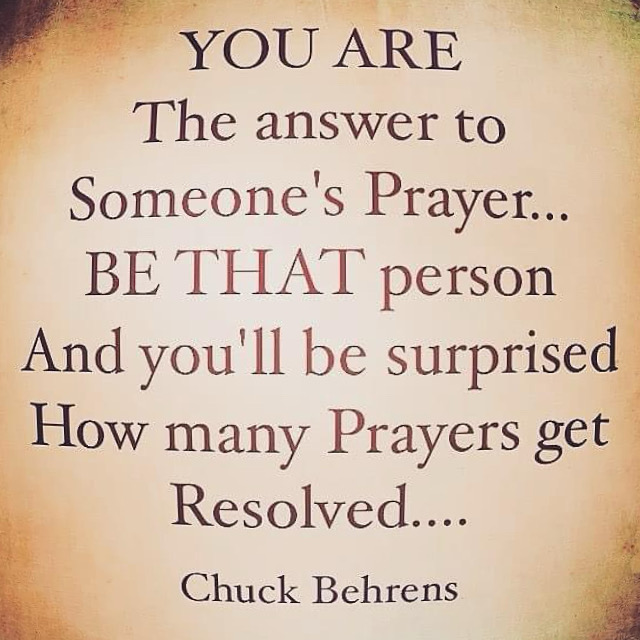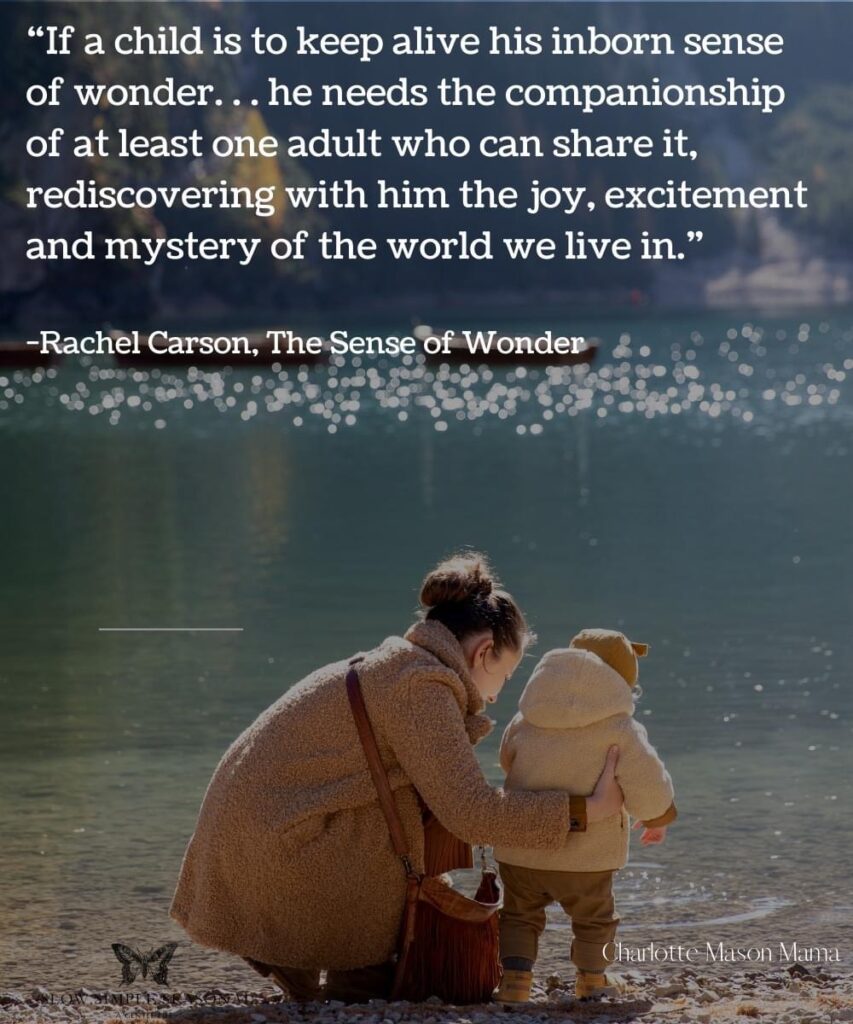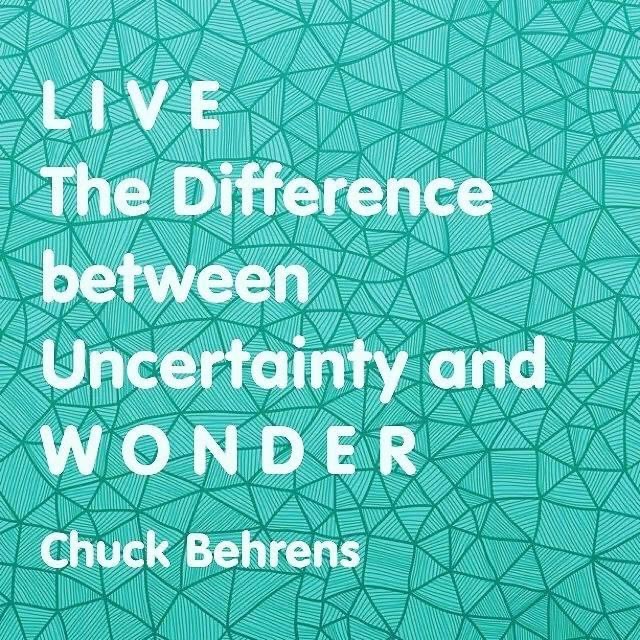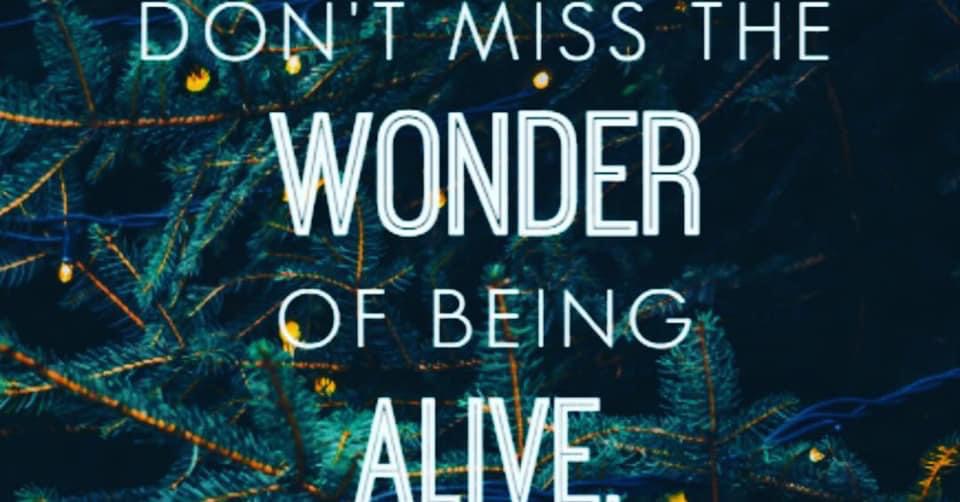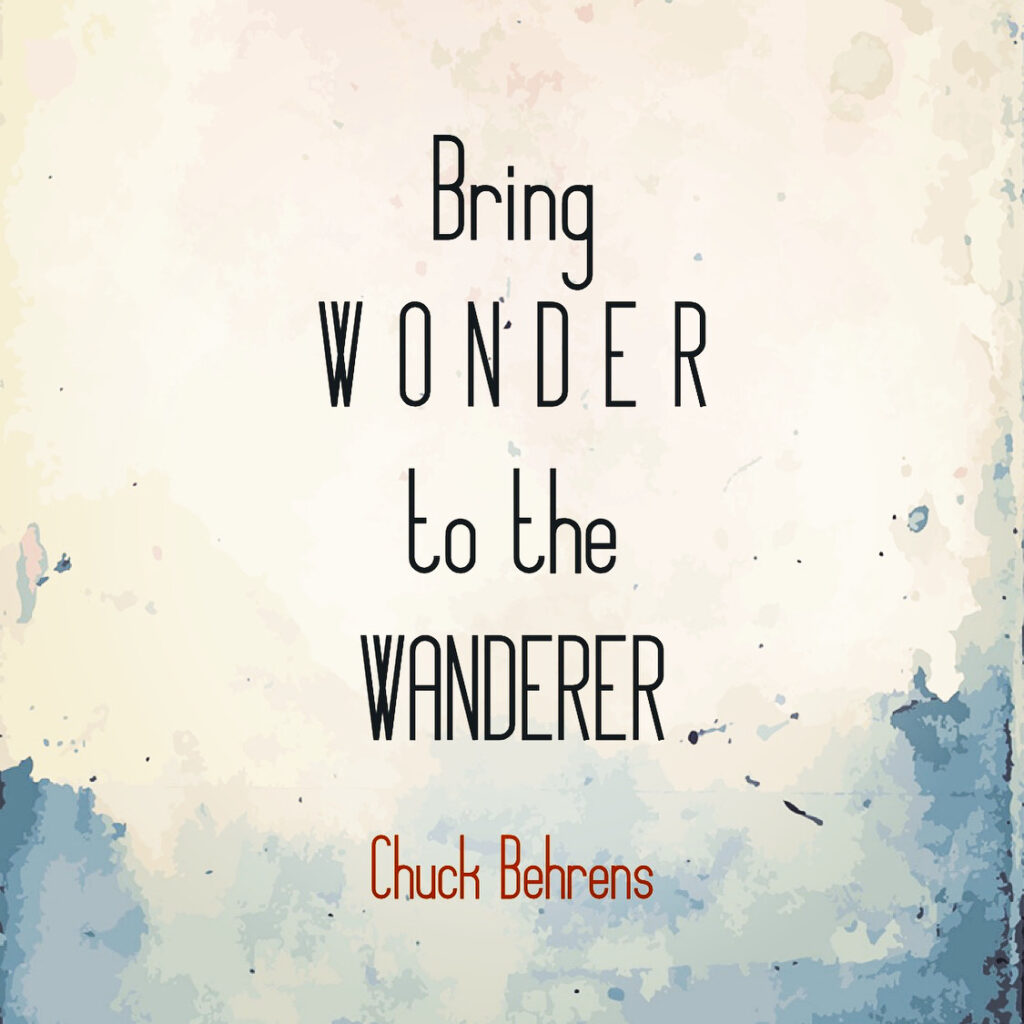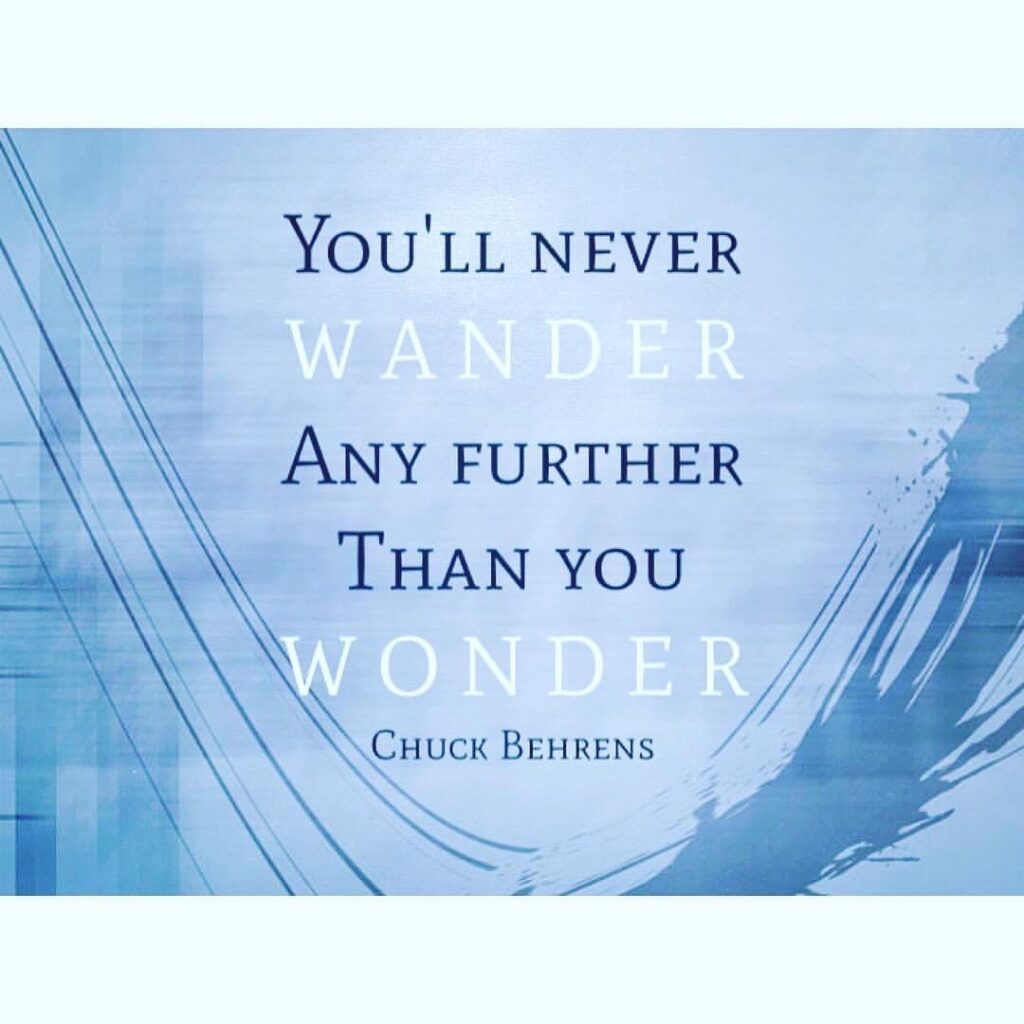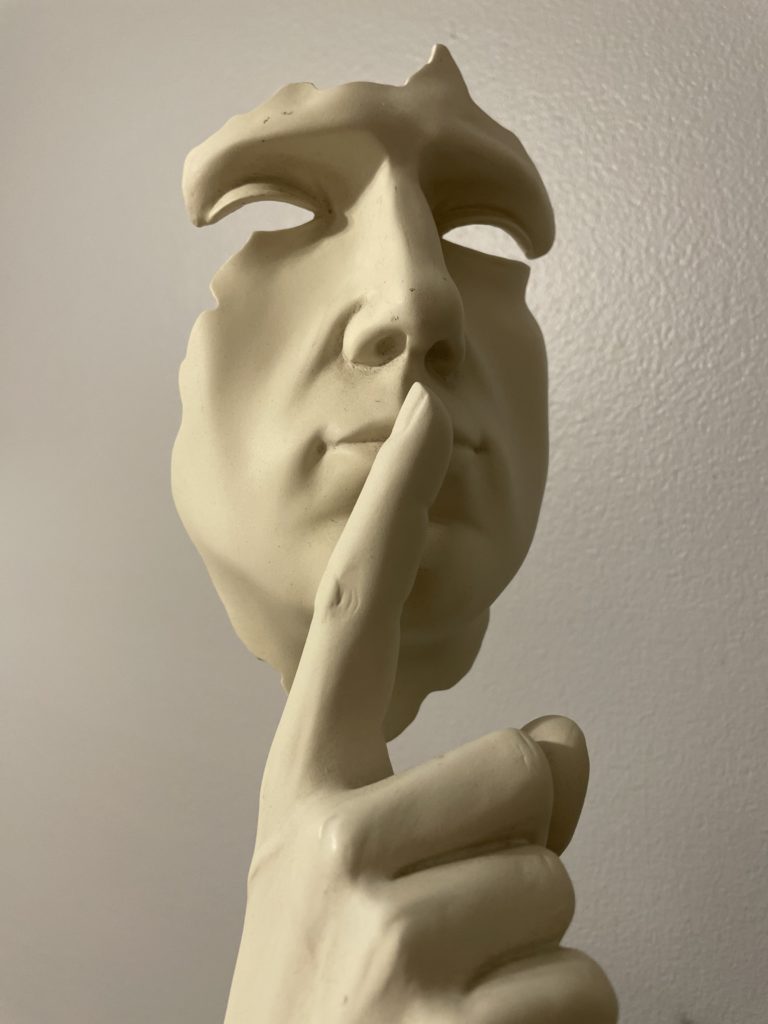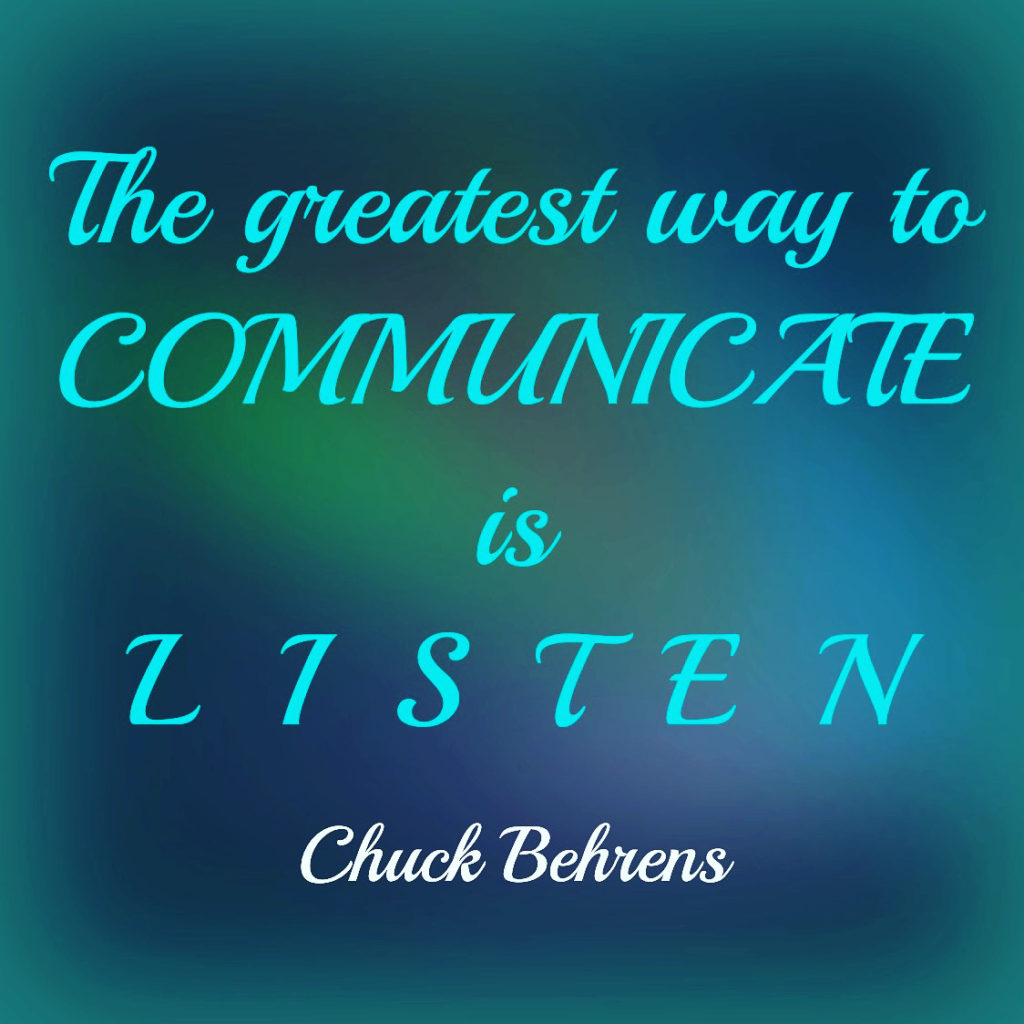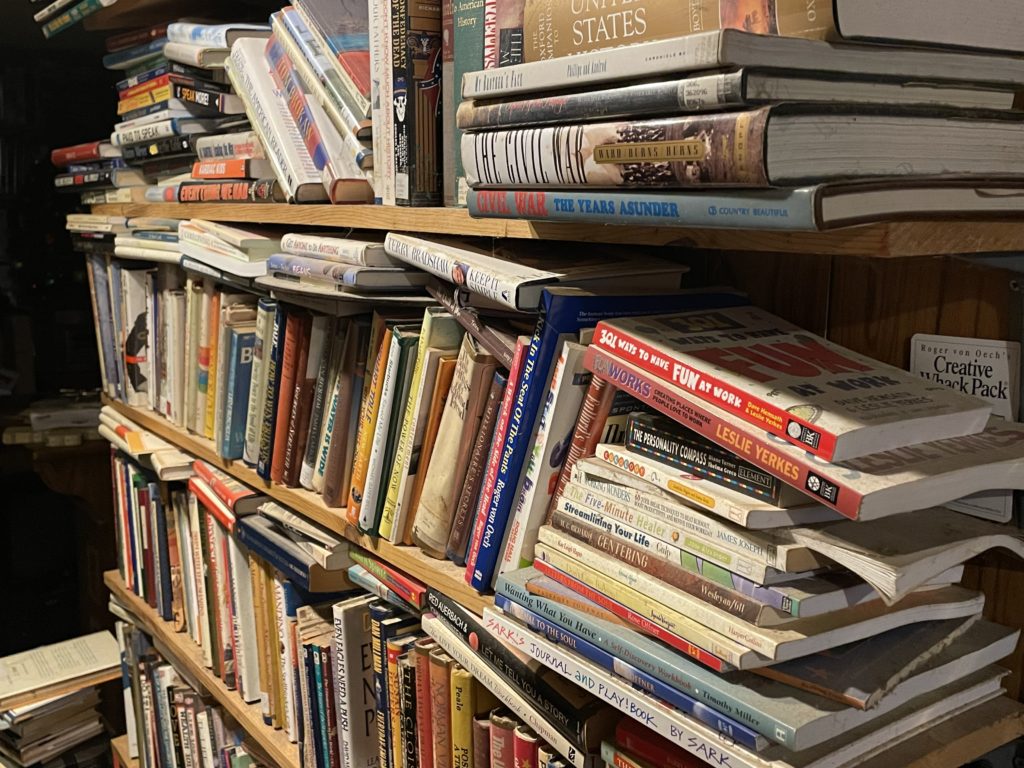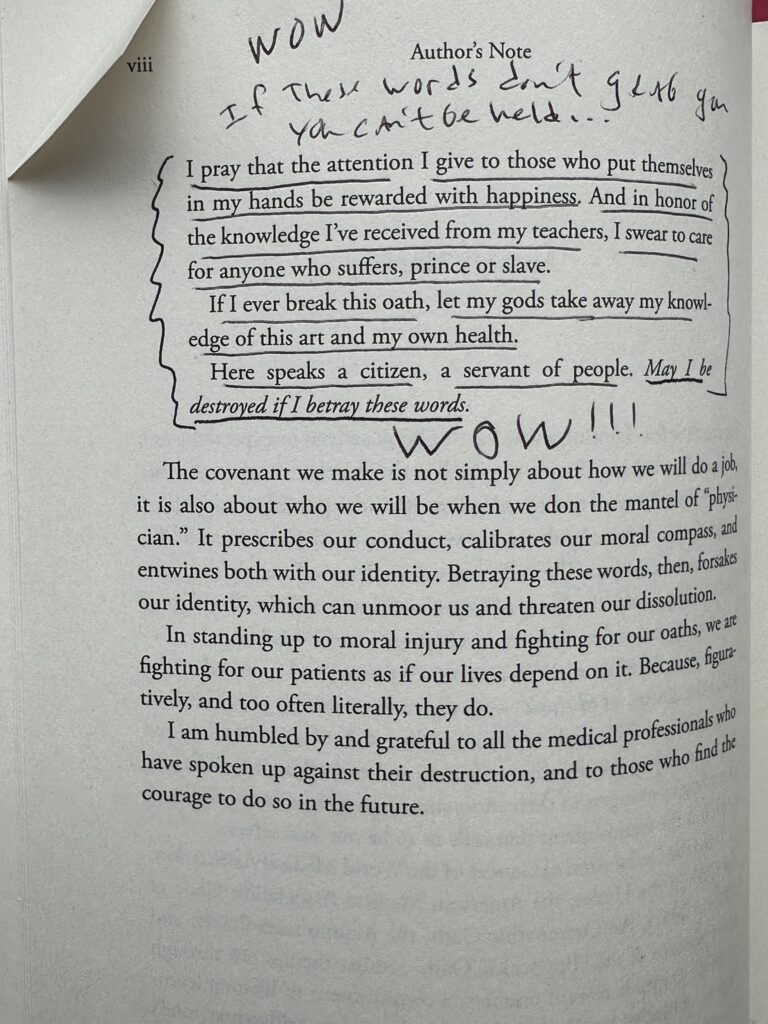Life is a lot like a vending machine
It’s really simple
You put your money in
For exchange of what you want
Simple
Easy
Until it’s not
Sometimes no matter what buttons you push, you don’t get what you expect
Or worst yet
You get nothing at all
No matter how much you pound
No matter how much you shake
No matter what kind of prayer you pray that you won’t pray on Sunday
You don’t get
What you paid for?
What you deserved?
What you expected
What you are owed
Sometimes life is exactly like a vending machine
And you get exactly what you paid for
And maybe
Maybe somebody else paid for
And they didn’t get
But you did
For the money
Pssssssssssssssssssssssssssst:
The next time
L I F E
feels like a Vending Machine
make sure you press the
Right Buttons
to get exactly what you Select
because you just can’t get
ONE THING
when you choose something
completely
D I F F E R E N T
(then again, maybe that’s what makes LIFE advertously tasty?)
OFFERINGS
WORRIED. . .Hmmmmmmmm’s
Worried
Mary Oliver
I worried a lot. Will the garden grow, will the rivers
flow in the right direction, will the earth turn
as it was taught, and if not how shall
I correct it?
Was I right, was I wrong, will I be forgiven,
can I do better?
Will I ever be able to sing, even the sparrows
can do it and I am, well,
hopeless.
Is my eyesight fading or am I just imagining it,
am I going to get rheumatism,
lockjaw, dementia?
Finally, I saw that worrying had come to nothing.
And gave it up. And took my old body
and went out into the morning,
and sang.

Hmmmmmmm’s
They’re mostly unnoticed
severely unrecognized
but they do reside softly in the soul
in a place that doesn’t have secret places
And even though they may be out in the open
they’re never really seen
and even more rarely understood
But always questioned
without the hope of ever being answered
Hmmmmmmm’s
are a holy hymn of their own
never to be sung
or hummed
but painfully heard in endless refrains
 Hmmmmmmmmmmm’s always get me thinking and at their worst, WORRY. . .AND YET. . .
Hmmmmmmmmmmm’s always get me thinking and at their worst, WORRY. . .AND YET. . .
Ahaa, AND YET, indeed; the vastness of the
AND YET
has some glorious answers
or at least some well welcomed comfort
hanging out of reach of frosted over trees
but still very much in touch
with what brings comfort to our souls
when everything else seems to steal it. . .
WORRIED. . .Hmmmmmmmmmmmmmmmmm. . .
JUST A MOMENT–THREE WORDS
H E Y. . .
Wait a Moment
DID YOU. . . ?
Actually about 6 minutes of moments
with a severely powerful, undeniable
TRUTH:
1 out of 1 of us will die;
though we know this brutal truth,
few ACT
as if this is a bonafide truth
and we live, well,
like we’ll live forever. . .
THE SECRET:
Life gets Lived best
when every moment is lived
as if it might be the last
or better
as if it’ll never be lived again. . .
WAIT A MOMENT:
ONE OUT OF ONE OF US DIES
. . .and. . .
LIFE
GOES
ON
R E A L L Y
(uhhhhhhhh. . .that’s a STATEMENT not a QUESTION)
WAIT A MOMENT–STEP BACK
I M A G I N E
W A I T
A
MOMENT
STEP BACK
and just take another look at things, not only to see how they look
but how they actually are from just another simple perspective,
Y O U R S
“I was in darkness, but I took three steps and found myself in paradise. The first step was a good thought, the second, a good word; and the third, a good deed.”
• Friedrich Nietzsche
 HEY, WAIT A MOMENT
HEY, WAIT A MOMENT
STEP BACK
(see. . .EXPERIENCE things in another way)
KNOWING (LIVING) YOUR WHY
“Until I die, I will be knitting,” Matsouka said. Her knitting needles clicked through her expert fingers, her nails painted red. “It brings me joy to share them.” Since she took up knitting in the 1990s, Matsouka has easily made over 3,000 scarves, her daughters estimate.
In the hallway by the door, shopping bags filled with her latest creations await their new home. A knitted patchwork blanket is thrown over the sofa where she spends her days.In the beginning, the scarves were gifted to friends. As stock grew, they were donated to children’s shelters across Greece. Then, through acquaintances, they reached children in Bosnia and Ukraine. The latest batch of 70 went to a refugee camp near Athens this winter, via the U.N. refugee agency UNHCR.
“The fact that we give them away gives her strength,” said her daughter Angeliki.
Matsouka knits one scarf a day, now with small imperfections. Her vision is impaired and she suffers from bouts of severe facial pain, a condition known as trigeminal neuralgia.
Brrrrrrrrr(ing) The CHANGE

I start my mornings with a cold plunge. For three minutes I immerse myself in approximately 44 degree water for three minutes.
The health benefits are manifold and it’s worth looking up.
However, health is just the way I rationalize it. You see, at 5:45 AM, 25° outside, the last thing I want to do is step naked into my cold garage and subject myself to freezing water. Therefore, making the choice to do the difficult, dreaded, extremely uncomfortable thing, and DOING IT, is a metaphor. I’m proving myself to myself. I am creating a habit of doing the hard stuff so it becomes muscle memory. I want my natural inclination to be that I just automatically do the difficult stuff first.
I am showing myself that I WILL make the tough choices, have the difficult conversation, stand up in the face of hate and adversity, embrace discomfort, and push my own limits.
It’s my daily reminder that the best things in life rarely come from my comfort zone.
I’m wondering if I’m the odd-man-out in choosing to doing something difficult every day as a personal challenge and metaphor, or if you do that in some way… set your pace, affirm your standard of excellence, prove yourself to yourself?
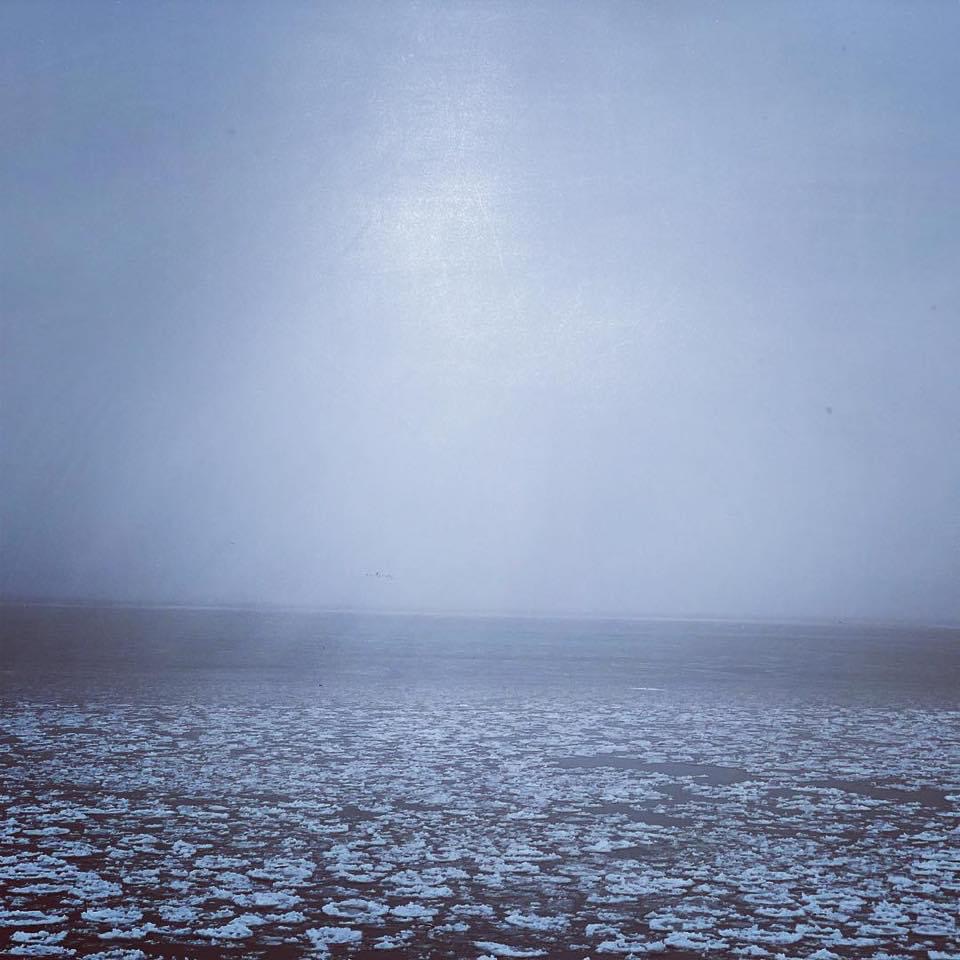 So. . .
So. . .
Up for taking the
P L U N G E
to change
to be different
to brrrrrr(EAK)
out of your
COMFORT ZONE. . .
I don’t know my Mike Rayburn personally, but only know him through the National Speakers Association globally. When I read his post, it made me start thinking how much I do in my comfort zone and rarely what I do out of my comfort zone and taking a plunge in cold water at 5:15 in the morning would definitely be out of my comfort zone, but not comparably to the things that every day I have a chance to do out of my comfort zone that would take much more courage than a cold morning plunge; How about you?
Where’s your comfort zone and how much time do you spend in it and what kind of caring catalyst things do you think you could do and would even be possible if just for three minutes a day you took the plunge and did something out of your comfort zone?
I guess there’s only one way to find out and it ain’t to dip your toe into the cold water
like without hesitation,
jumping in head first. . .
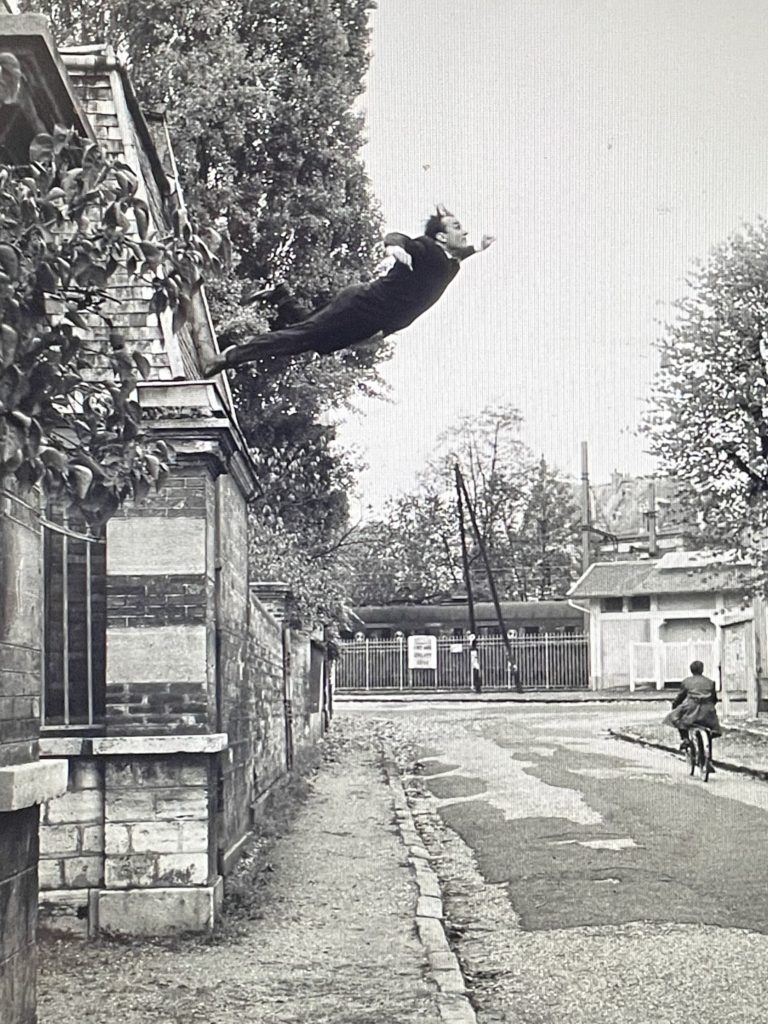 R E A D Y
R E A D Y
S E T
GO
JUST A MOMENT. . .DO YOU EVER WONDER?
ANGRY SILENCE
I have blogged this video at least a couple of times before and I love how it pops up for me willy-nilly out of nowhere to remind me about SILENCE. When Paul Simon wrote this in 1965 it was a song that had a different but very much the same meaning as it does now YES, some nearly 60 years later: NOBODY LISTENS and even fewer actually HEAR which THEN and NOW make for an ANGRY SILENCE
Have you heard
what I didn’t say
It’s a silence
that uses no words
needs no catch phrases
or lengthy paragraphs
and often gets misunderstood as
Angry Silence
Harsh as it seems
it delivers a soft message
with a strong meaning
of not to be well known
but to be worth knowing
always not in a way
to be served
but to serve
without angrily being denied
Wordlessly
THESE WORDS
Guilty I have piles and piles of books that I have not read even even at the moment that I’m ordering other ones that will make a part of yet other piles.
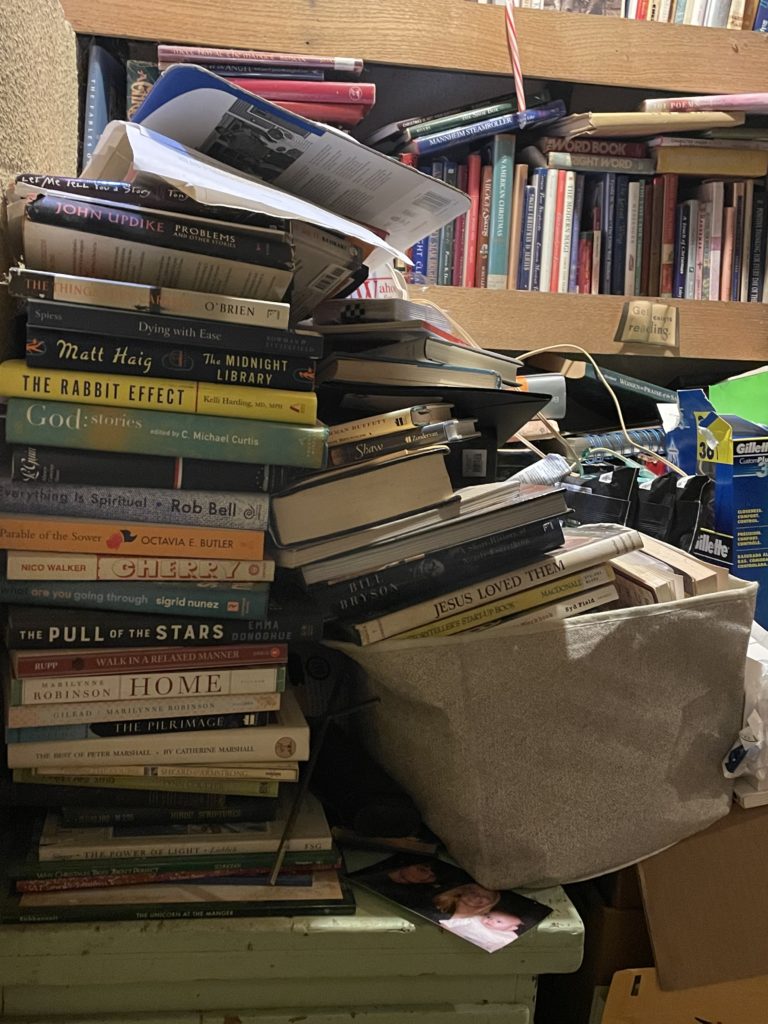
I lie to myself and say oh I’ll get to that or wow this really looks good and I’ll read it immediately and of course it ends up in another pile. Sometimes the nearer the pile the closer I will get to reading it but this past week, my friend Beth told me that I needed to take this book out of a pile and put it on top of the next one to read and I’m glad she did. . .
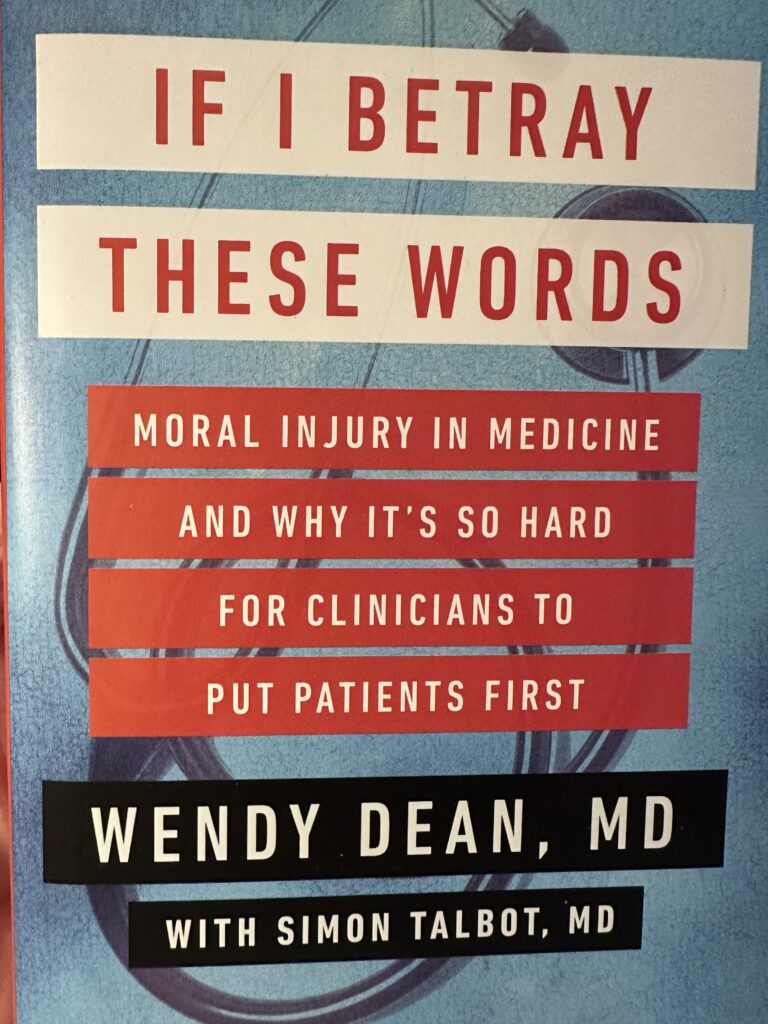
Rarely do, I read the authors note before I write in a story or a book but this time I did and once again, I’m really glad that I did, because on the second page was an excerpt from the Hippocratic oath.
One of the reasons why I like, holding a physical book in my hand is because I can dog ear all the pages; I can write in the margins, I can underline, and I can write what I want to write at that time when I read a passage. . .
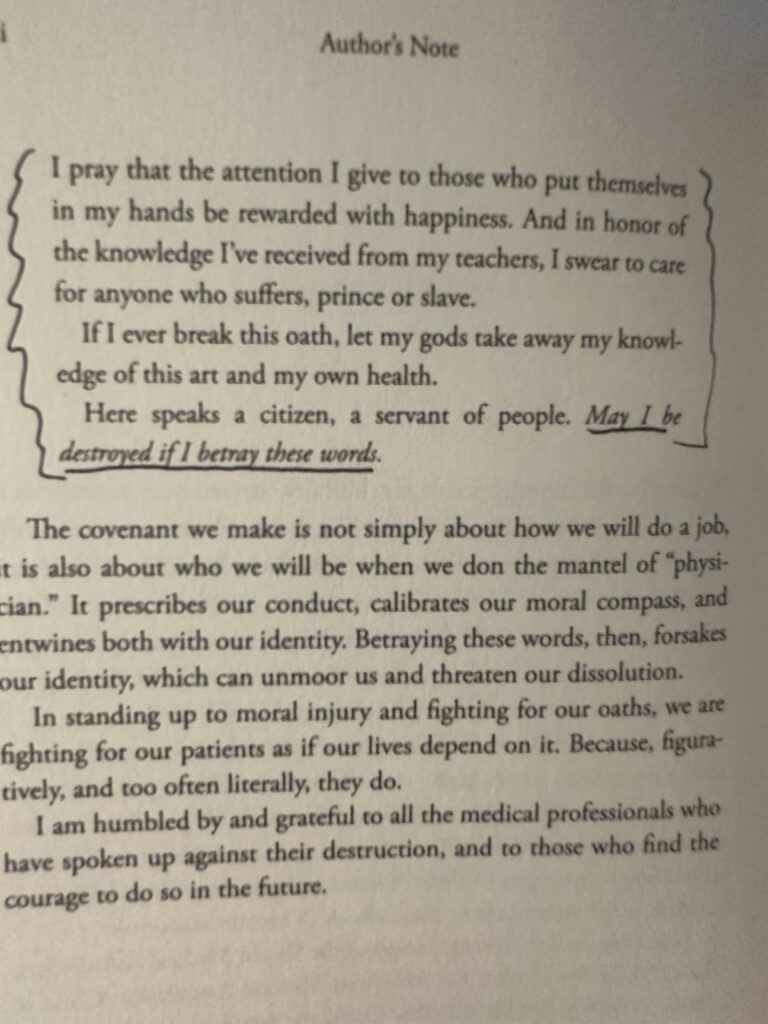
This excerpt from the Hippocratic oath literally has grabbed me around the throat where I can’t get past too many other pages before I come back to that and oh yes, it is dog eared and oh yes, it has been underlined and exaggerated on the side because even though I’m not a physician, I like to think that I’m a caregiver who tries to offer some kind of comfort to every person that I meet whether I know them or not; whether they are in hospice or in a hospital setting or not. This passage, kind of brings mirror to face and lets me see, allows me to understand and removes some protective buffers I insulate myself with so that I can fully, unabashedly experience my WHY. . .it has nothing to do with a vocation or a paycheck so much as a lifestyle.
As a mere human just BEING
sit with this again
and this time don’t let it wash over you
so much as
SINK
throughly
INTO YOUR
Y O U E S T
OF YOU
- « Previous Page
- 1
- …
- 20
- 21
- 22
- 23
- 24
- …
- 36
- Next Page »
